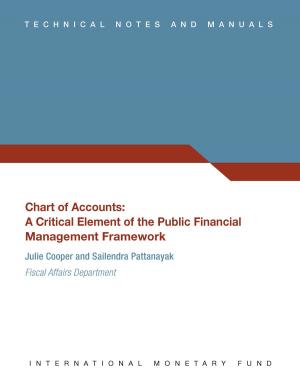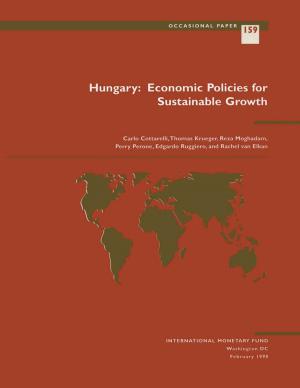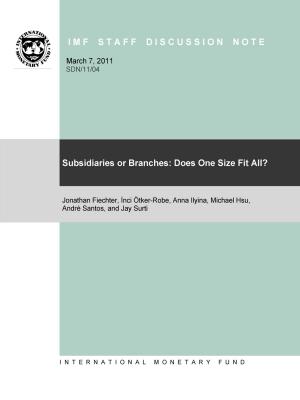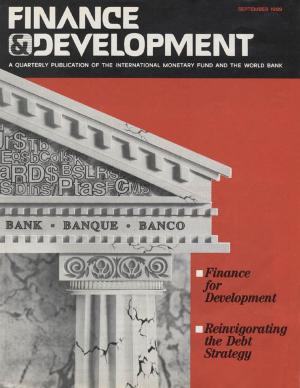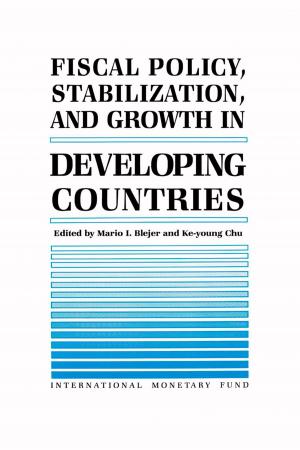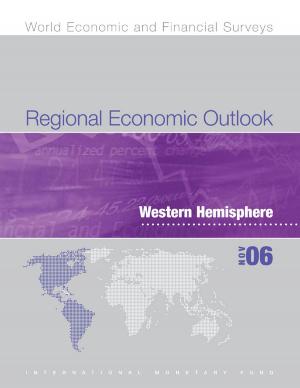Regional Economic Outlook, April 2013: Asia and Pacific - Shifting Risks, New Foundations for Growth
Business & Finance, Economics, International Economics, Macroeconomics, Nonfiction, Social & Cultural Studies, Political Science, Politics, Economic Policy| Author: | International Monetary Fund. Asia and Pacific Dept | ISBN: | 9781484398524 |
| Publisher: | INTERNATIONAL MONETARY FUND | Publication: | April 29, 2013 |
| Imprint: | INTERNATIONAL MONETARY FUND | Language: | English |
| Author: | International Monetary Fund. Asia and Pacific Dept |
| ISBN: | 9781484398524 |
| Publisher: | INTERNATIONAL MONETARY FUND |
| Publication: | April 29, 2013 |
| Imprint: | INTERNATIONAL MONETARY FUND |
| Language: | English |
Growth in the region show signs of improving, as extreme risks emanating from advanced economies have receded and domestic demand remains resilient. A small and gradual pick-up in growth to over 5¾ percent is projected in 2013. Risks to the outlook from within the region, such as rising financial imbalances and asset prices in some economies, are beginning to emerge. Although Asia’s banking and corporate sectors have solid buffers, monetary policymakers should stand ready to respond early and decisively to shifting risks, and macroprudential measures will also have a role to play. In many Asian economies, some fiscal consolidation could also rebuild the space needed to respond to future shocks and preempt potential overheating pressures from capital inflows. Policy approaches will vary as countries in the region attempt to sustain high growth rates and, in some cases, alleviate the “middle-income trap.”
Growth in the region show signs of improving, as extreme risks emanating from advanced economies have receded and domestic demand remains resilient. A small and gradual pick-up in growth to over 5¾ percent is projected in 2013. Risks to the outlook from within the region, such as rising financial imbalances and asset prices in some economies, are beginning to emerge. Although Asia’s banking and corporate sectors have solid buffers, monetary policymakers should stand ready to respond early and decisively to shifting risks, and macroprudential measures will also have a role to play. In many Asian economies, some fiscal consolidation could also rebuild the space needed to respond to future shocks and preempt potential overheating pressures from capital inflows. Policy approaches will vary as countries in the region attempt to sustain high growth rates and, in some cases, alleviate the “middle-income trap.”

